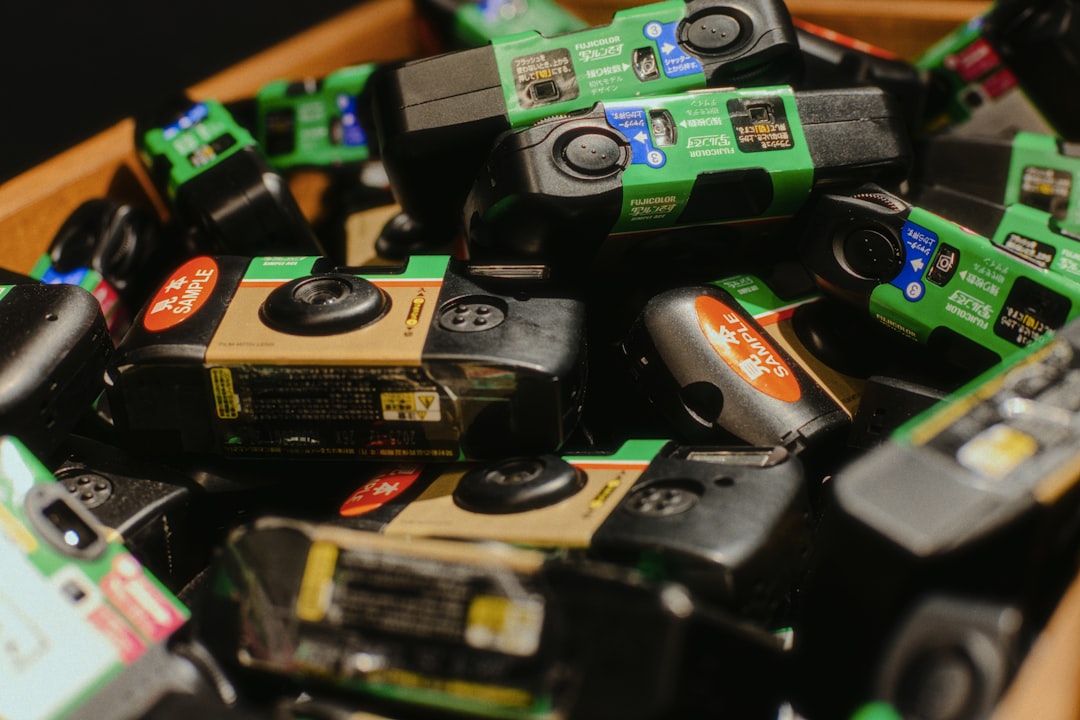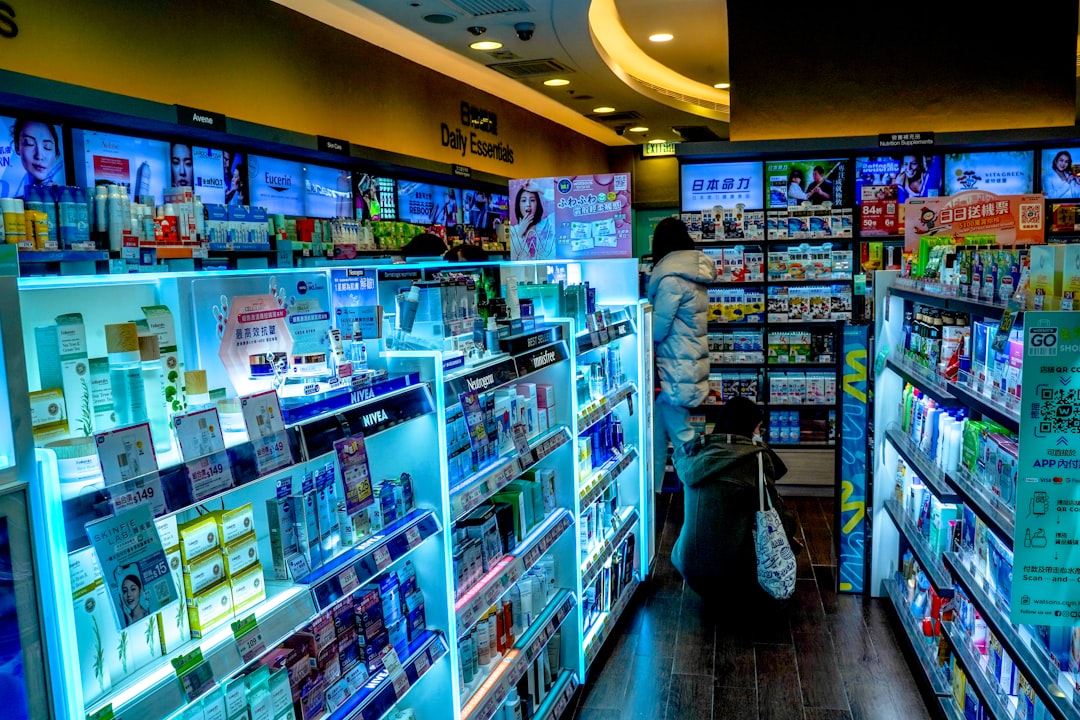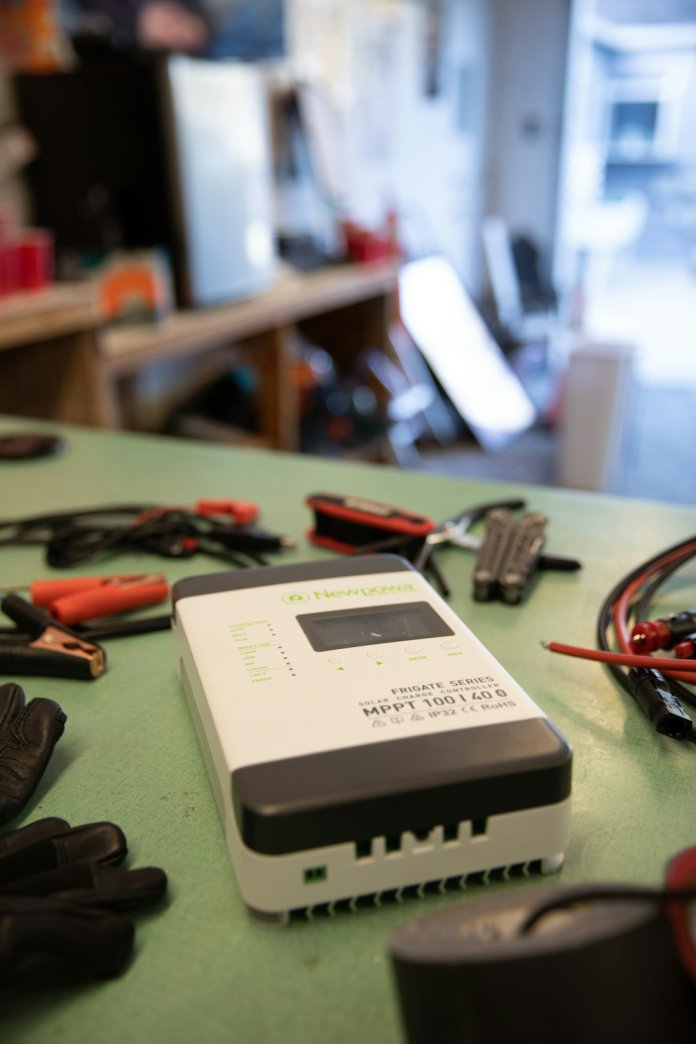As the holiday season approaches, many of us are on the lookout for the perfect gifts, which often include the latest electronics—smartphones, tablets, gaming consoles, wireless earbuds, and more. While the thrill of gifting and receiving these gadgets is undeniable, there’s a critical safety issue that often gets overlooked: the use of counterfeit power adapters and chargers. These seemingly innocuous accessories can pose serious threats not only to the devices they connect to but also to personal safety.
Every year, stories emerge of fires, electrical shocks, and irreparably damaged electronics—all linked back to substandard or fake adapters. As it turns out, the shiny charger that came bundled with a suspiciously cheap device, or that low-cost replacement adapter from an unknown brand, might not be as safe as it looks. Understanding how to avoid counterfeit adapters during your holiday shopping spree is crucial for ensuring your electronics—and your home—remain safe.
Why Counterfeit Adapters Are a Growing Problem
The rise of online marketplaces and third-party vendors has made imitation accessories more accessible than ever. Counterfeiters are becoming increasingly skilled at replicating the appearance of branded electronics and accessories, making it difficult for even tech-savvy shoppers to identify fakes. These counterfeit adapters often skip critical safety components, such as over-current protection, insulation spacing, and proper grounding.
In fact, a study by Electrical Safety First found that 98% of counterfeit chargers failed at least one of the safety tests conducted. These devices not only risk damaging your gadgets, they can become serious fire hazards—especially when left plugged in for long periods, like overnight charging.

How to Spot a Counterfeit Adapter
Thankfully, with a little due diligence, you can minimize your risk of falling victim to fake electronics. Here are some key signs that an adapter might be counterfeit:
- Price Too Good to Be True: If the adapter is significantly cheaper than similar products from trusted brands, it might be a fake.
- Packaging: Poor print quality, misspelled words, and lack of certifications (like UL or CE markings) can be a red flag.
- Product Weight: Counterfeit adapters often weigh less because they lack essential safety components like heat sinks and internal shielding.
- Plug Quality: Loose or wobbly plugs and uneven molds are indicators of shoddy manufacturing.
- Seller Reputation: Buying from unknown sellers or fly-by-night websites increases the risk of getting a counterfeit product.
Safety Standards to Look For
Legitimate adapters typically conform to recognized safety standards. Look for certifications such as:
- UL (Underwriters Laboratories) – Common in U.S. products; confirms electrical safety.
- CE (Conformité Européenne) – Mandatory for products sold in the European Economic Area.
- FCC Marking – Indicates compliance with U.S. Federal Communications Commission regulations (mostly for electromagnetic interference).
While counterfeiters may fake certification logos, you can verify some of these numbers via official databases. For example, UL maintains an online directory where you can cross-check unique file numbers printed on certified products.
Risks of Using Counterfeit Adapters
Using counterfeit adapters may result in several serious risks:
- Fire Hazards: Poor insulation and lack of surge protection increase the likelihood of overheating and fires.
- Device Damage: These adapters can provide unstable current or incorrect voltage, shortening the lifespan of your gadgets—or frying them completely.
- Data Security: Some counterfeit adapters, especially those for USB connections, may include malicious microchips capable of stealing data from your device.
Moreover, counterfeit adapters offer no recourse if they cause damage. Warranties on your main device are usually voided when damage is caused by unauthorized accessories.
Safer Shopping Tips for the Holidays
To ensure you’re purchasing safe, genuine electronics and adapters this holiday season, keep these buying strategies in mind:
- Buy from Authorized Retailers: Stick with well-known electronics retailers, reputable online stores, and manufacturer websites.
- Check Reviews and Ratings: All that glitters is not gold. Check what other buyers are saying, and be cautious of short, overly praise-filled reviews that may be fake.
- Look for Packaging Clues: Genuine, authorized items usually feature crisp text and logos, tamper-proof seals, and clear contact information for the manufacturer.
- Compare with Originals: If you own an original adapter, compare weight, shape, and connection snugness with the one you’re purchasing.

What to Do if You Suspect a Fake
If you believe that you’ve accidentally purchased a counterfeit adapter, take the following steps immediately:
- Stop Using It: Unplug it and discontinue use to avoid further risk of damage or fire.
- Contact the Seller: Reputable platforms may offer refunds or returns for counterfeit goods.
- Report It: Notify the marketplace (Amazon, eBay, etc.) and authorities such as the Consumer Product Safety Commission (CPSC).
By reporting fakes, you help prevent future accidents and protect fellow consumers from the same dangers.
The Importance of Holiday Prep for Electronics
The holidays often mean more people in the house, more electronics plugged in, and a higher chance of leaving things charging overnight. All of this increases the risk of electrical issues, so now is a good time to do some pre-holiday safety checks:
- Inspect Power Strips: Use surge protectors with circuit breakers and avoid daisy-chaining extension cords.
- Avoid Overloading Sockets: Don’t plug too many devices into a single outlet.
- Use Original Charging Accessories: Wherever possible, stick with the power adapters that came with your devices.
- Keep Chargers on Hard Surfaces: Avoid charging on beds or couches where heat can’t dissipate easily.
Closing Thoughts
While the holiday season is a time for joy and gift-giving, it is also an important time to remain vigilant when purchasing electronics and accessories. Counterfeit adapters may look harmless but come with hidden dangers that can have serious consequences.
By learning how to spot and avoid these fakes, sticking with trusted sellers, and following basic safety guidelines, you can ensure that your electronics will not only bring joy but also remain safe and functional for years to come. Here’s to a smart, safe, and electrifyingly happy holiday season!
